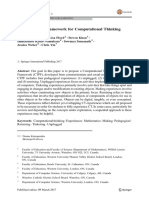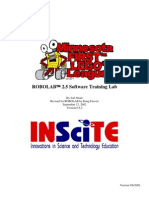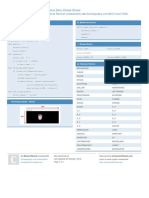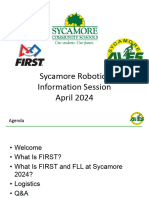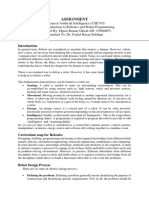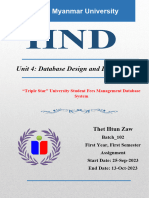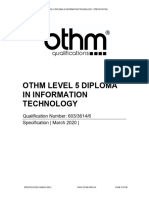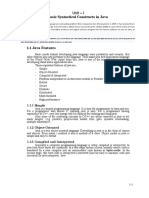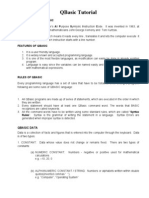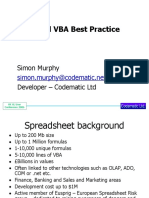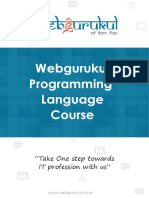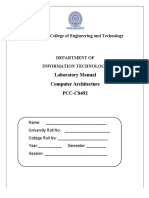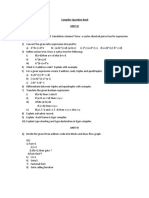0% found this document useful (0 votes)
140 views6 pagesOnline Coding Curriculum Development
The document outlines a coding curriculum module for ages 7-9. It introduces concepts like block-based programming, sequencing, loops, conditions, and robotics through projects and games. It includes 10 weeks of lessons, learning outcomes, assessments, teaching resources and a reading list.
Uploaded by
dr. waingCopyright
© © All Rights Reserved
We take content rights seriously. If you suspect this is your content, claim it here.
Available Formats
Download as PDF, TXT or read online on Scribd
0% found this document useful (0 votes)
140 views6 pagesOnline Coding Curriculum Development
The document outlines a coding curriculum module for ages 7-9. It introduces concepts like block-based programming, sequencing, loops, conditions, and robotics through projects and games. It includes 10 weeks of lessons, learning outcomes, assessments, teaching resources and a reading list.
Uploaded by
dr. waingCopyright
© © All Rights Reserved
We take content rights seriously. If you suspect this is your content, claim it here.
Available Formats
Download as PDF, TXT or read online on Scribd
/ 6







































